Introduction
In the realm of culinary arts, the transformation of ingredients through various cooking techniques often leads to intriguing and sometimes unexpected flavor profiles. One such phenomenon that has intrigued both home cooks and professional chefs alike is the acidity that can develop in fresh shiitake mushrooms after they are cooked. While shiitake mushrooms are generally known for their earthy, savory, and slightly sweet taste, encountering a tangy or sour note upon cooking can be perplexing. This article delves into the potential reasons behind this curious flavor shift, exploring factors such as chemical composition, storage conditions, cooking methods, and potential contamination. By understanding these aspects, we aim to demystify why fresh shiitake mushrooms might turn acidic after being cooked.
Chemical Composition of Shiitake Mushrooms
To grasp why shiitake mushrooms might develop an acidic taste upon cooking, it is essential to first understand their chemical composition. Shiitake mushrooms (Lentinus edodes) are rich in various nutrients and compounds that contribute to their unique flavor profile. These include:
-
Carbohydrates: Shiitake mushrooms contain a variety of polysaccharides, such as lentinan and beta-glucans, which are known for their immune-boosting properties. These carbohydrates can undergo changes during cooking, potentially affecting taste.
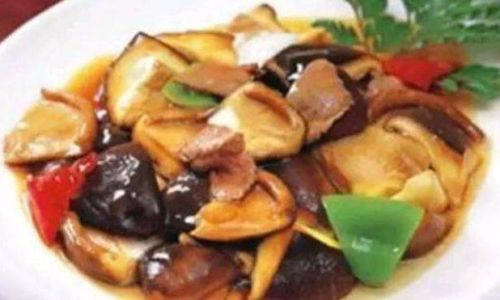
-
Proteins and Amino Acids: Mushrooms are a good source of plant-based protein, and shiitake mushrooms are no exception. They contain various amino acids, some of which can degrade during cooking, leading to the formation of flavor compounds.
-
Nucleic Acids: Mushrooms also contain nucleic acids (RNA and DNA), which can break down into nucleotides during cooking. Nucleotides are flavor enhancers and are responsible for the “umami” taste often associated with mushrooms.
-
Organic Acids: Fresh shiitake mushrooms naturally contain small amounts of organic acids like citric acid, malic acid, and lactic acid. These acids contribute subtly to their overall taste but can become more prominent under certain cooking conditions.
-
Enzymes: Mushrooms contain enzymes that can continue to work even after harvest, affecting their texture and flavor over time.
Storage Conditions and Freshness
The freshness of shiitake mushrooms at the time of cooking plays a crucial role in determining their final flavor. Mushrooms are highly perishable and can undergo rapid changes in quality if not stored properly. Here are some key factors to consider:
-
Temperature and Humidity: Shiitake mushrooms should be stored in a cool, dry place with low humidity to prevent spoilage. High temperatures and humidity can accelerate the growth of bacteria and fungi, leading to decomposition and the production of unwanted flavors.
-
Packaging: Mushrooms are often sold in plastic packaging, which can trap moisture and promote the growth of microorganisms. It is advisable to transfer them to a paper bag or a breathable container to extend their shelf life.
-
Age: The older a mushroom is, the more likely it is to develop off-flavors. Fresh shiitake mushrooms should be used as soon as possible after purchase.
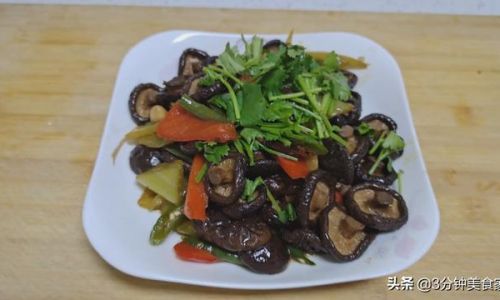
If mushrooms are not stored correctly or are past their prime, they may develop an acidic taste due to the breakdown of sugars into acids by microorganisms or enzymes.
Cooking Methods and Techniques
The way shiitake mushrooms are cooked can also significantly impact their final flavor. Different cooking methods can bring out different flavors and textures in mushrooms:
-
Sautéing: Sautéing mushrooms in oil or butter at high temperatures can caramelize their natural sugars, enhancing their sweetness and umami. However, if the cooking process is too long or the heat is too high, the sugars can break down further into acids, causing a sour taste.
-
Steaming and Boiling: These methods tend to preserve the mushrooms’ natural flavors more intact but can also lead to the leaching of soluble compounds into the cooking liquid, including acids. If the cooking liquid is not discarded and the mushrooms are cooked further in it, the acidity can increase.
-
Grilling and Roasting: High-heat cooking methods like grilling and roasting can create complex flavors through caramelization and Maillard reactions. However, overcooking can again lead to the breakdown of sugars and the formation of acids.
-
Marinating and Seasoning: Marinades and seasonings can also influence the final flavor of cooked mushrooms. Acidic ingredients like vinegar, lemon juice, or tomatoes can increase the overall acidity of the dish.
Potential Contamination
In some cases, the acidity of cooked shiitake mushrooms might be due to contamination by microorganisms such as bacteria or fungi. While this is less common with properly stored and handled mushrooms, it is worth considering:
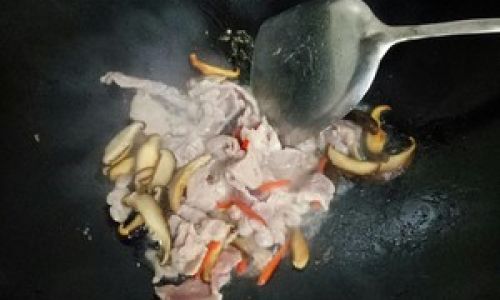
-
Bacterial Growth: If mushrooms are exposed to unsanitary conditions or are not stored properly, bacteria can proliferate and produce lactic acid or other organic acids as byproducts of fermentation.
-
Mold: Certain molds can also grow on mushrooms, especially if they are stored in damp conditions. These molds can produce acids that alter the mushrooms’ flavor.
Signs of contamination include slimy textures, off odors, and discoloration. Mushrooms showing these signs should be discarded immediately to avoid food poisoning or unpleasant flavors.
Conclusion
The acidity of cooked fresh shiitake mushrooms is a multifaceted issue influenced by their chemical composition, storage conditions, cooking methods, and potential contamination. Understanding these factors can help cooks better manage the flavor profile of their dishes. To minimize acidity:
- Ensure mushrooms are fresh and stored correctly.
- Choose appropriate cooking methods and avoid overcooking.
- Be mindful of seasoning and marinades that might add acidity.
- Inspect mushrooms for signs of contamination before use.
By taking these steps, home cooks and professionals alike can enjoy the earthy, savory, and slightly sweet taste of fresh shiitake mushrooms without the unwanted tanginess that sometimes occurs. The journey of transforming raw ingredients into delicious dishes is filled with such intriguing challenges, and demystifying the acidity of cooked shiitake mushrooms is just one of them. With knowledge and care, the culinary world remains a boundless source of discovery and delight.
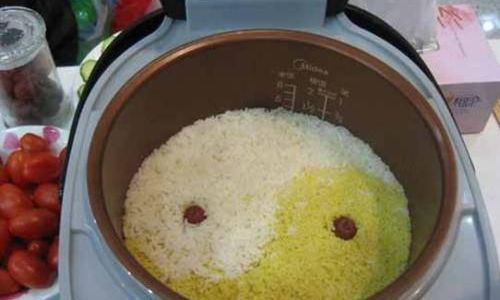
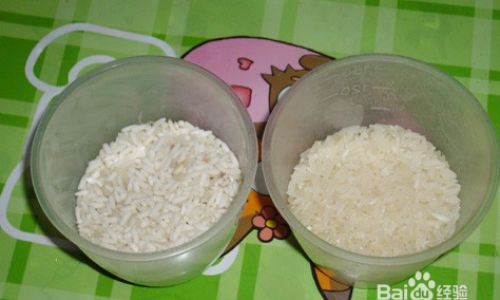
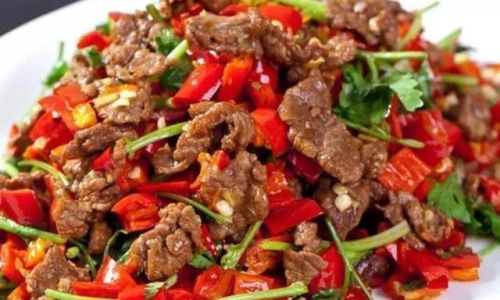
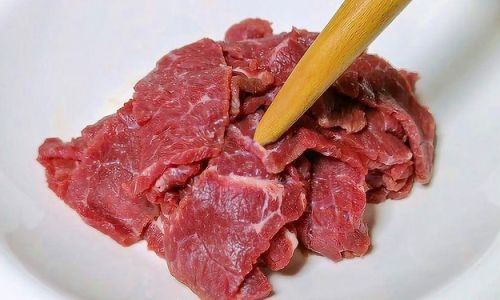
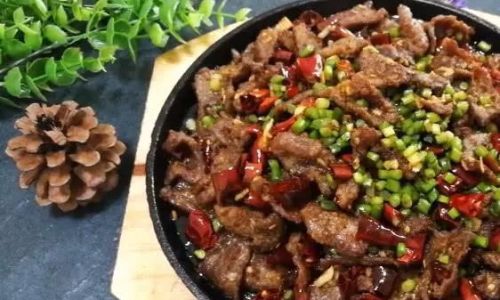
0 comments